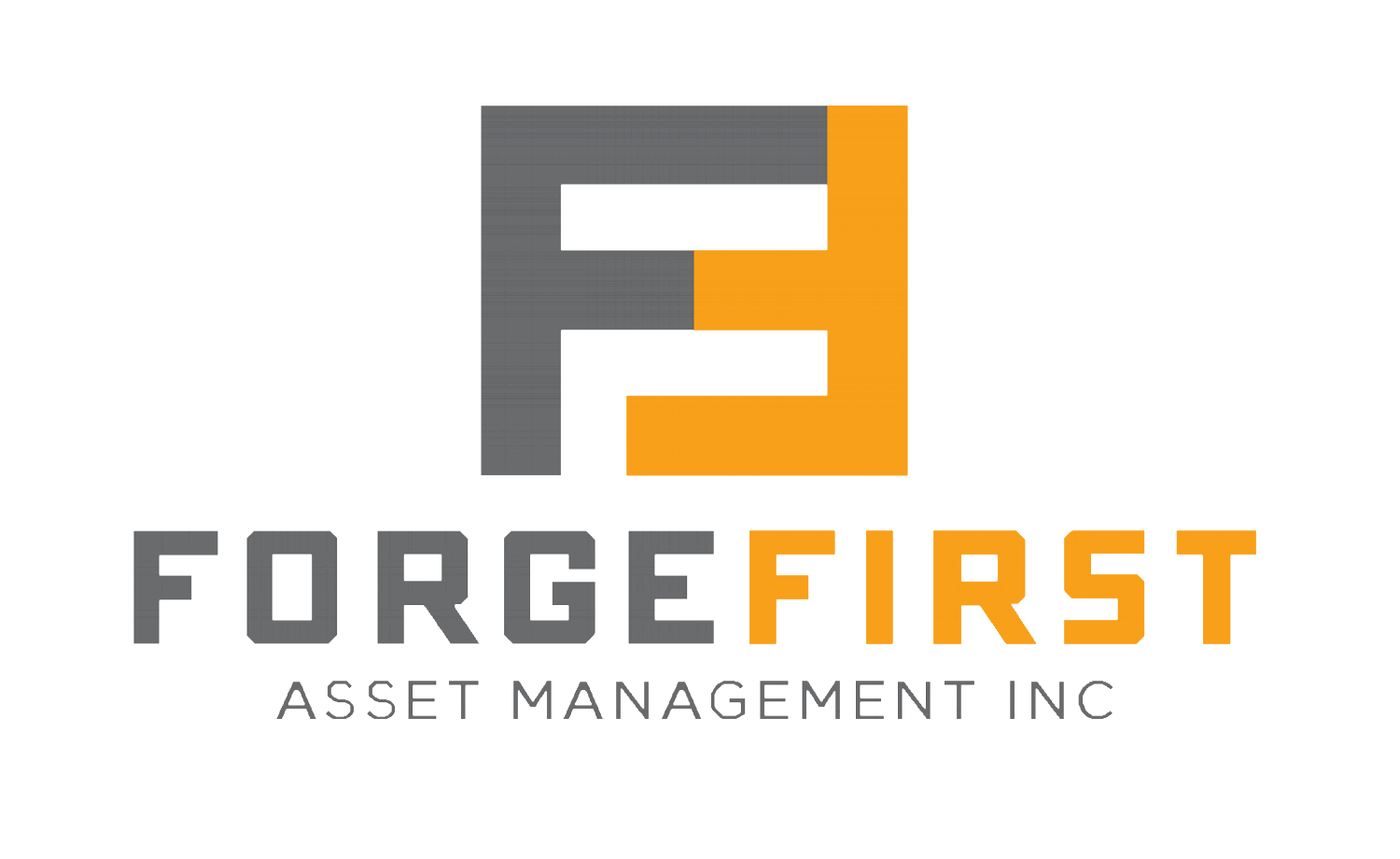Boy I'm glad October 2014 is over as we had a disappointing month. The S&P 500 fell 7.3% then gained 8.4% in a span of 6 weeks despite, in my opinion, little change in market fundamentals. True, the last week of October saw the FOMC be more hawkish than expected when they announced the expiration of 3 rounds, 6 years and some US$3.7T in asset purchases, now an eightfold increase to its asset holdings since November 2008. Of course even more surprisingly, two days later, Japan announced its 'shock and awe' stimulus campaign, but by that time most of the move in markets was over. To me, you would have had to have blinders on not to realize that global growth was slowing down, let alone that recession risk remained in Europe. Italy, the world's 7th largest economy, had already confirmed its triple-dip recession (a recession in which three periods of zero or negative economic growth are interspersed with short periods of economic recovery) while the continent's juggernaut Germany had been experiencing a slowdown in its industrial production since the summer. In my view, three developments triggered the volatility in the first half of October...
US dollar positions and long term sovereign bonds were the only two asset classes offering profits during September 2014 as risk assets took it on the chin. With the three largest sectors on the S&P TSX, Financials (-2.5% for the month), Energy (-8.0%) and Materials (-11.5%) all declining, it’s little surprise that Canada's benchmark index fell 4.3%. Small capitalization stocks suffered even more, as the S&P TSX Small Cap index dropped 9.6% while America's small cap benchmark, the Russell 2000, lost 6.2%. Despite the small/mid-cap bias at Forge First, our funds sustained smaller losses than most of the broader markets...
August 2014 was an amazing month. The S&P 500 had its inaugural close above 2000, which also made it the best August return since its 6.1% gain in August 2000. This all happens 16.5 years after hitting the 1000 mark, and at a time when 10-year US treasury yields closed the month at 2.34%, below 'pre-Bernanke tapering' levels, and when German 10-year Bunds closed the month at 0.89%. In Canada, the month-long flight to bank shares ended with messy and less than stellar fiscal Q3 numbers despite record headline EPS...
Lulled to sleep by consecutive record closing highs at the beginning of July, investors were abruptly awakened by the end of month haircut to risky assets. While the S&P 500 suffered its first monthly decline since January, Canada’s TSX eked out a 1.42% total return, thanks to the 4.5% advance in bank stocks which contributed a 1.46% total return to the index. Given better than expected fiscal Q3 results and growing discomfort with dividend growth at the telecom stocks and the valuations of utility and mid-stream companies, the reallocation of investor dollars to Canada’s most heavily weighted sector propelled our market to its positive performance in July. In contrast, high yield bonds sold off hard, as did the small cap bellwether Russell 2000 index, down 6.1%...

